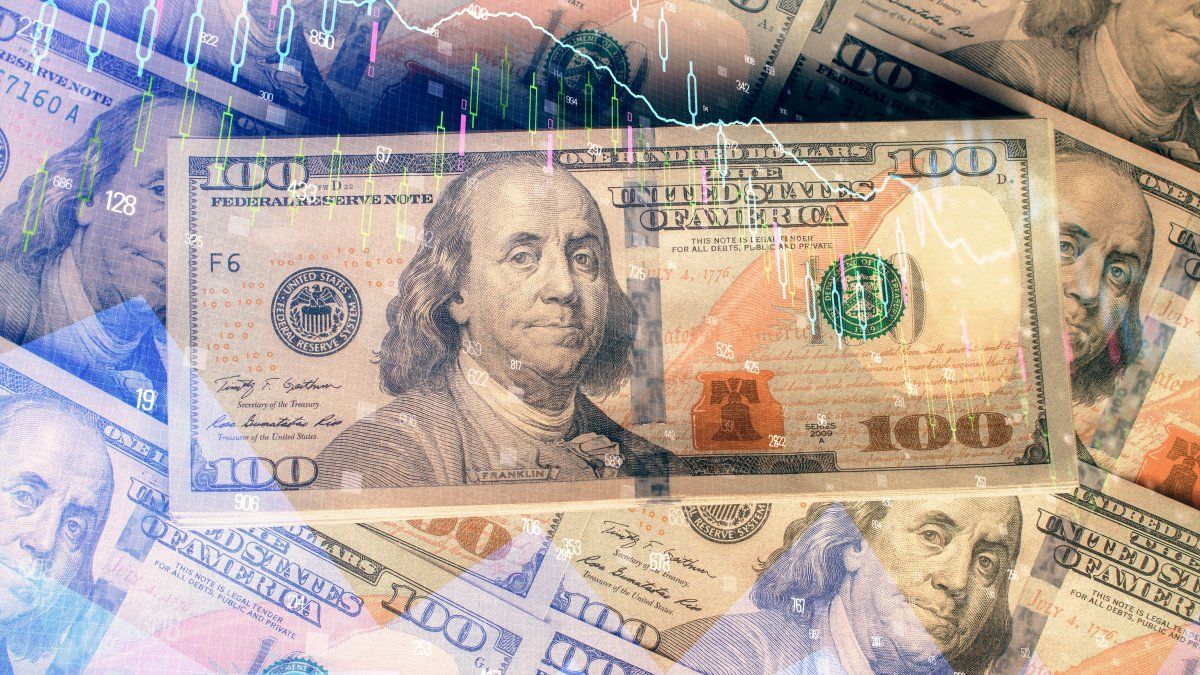The Government implemented this Monday, as had been announced, a series of measures that aim to advance in line with the requirements of the International Monetary Fund (IMF) regarding the need to move towards a unified exchange rate in Argentina and, in addition, to improve tax collection. It involves the implementation of a special exchange rate for farm exports and the application of the PAIS tax for the purchase of dollars and imports. The great expectation is placed on how it will impact the other exchange rates and the market dynamics.
“On the side of the measures, I think the market already discounted a good part of that because they were rumors that had been around for a while now and, in the event that they manage to raise the US$2,000 million they expect, that doesn’t change things too much,” analyst Andrés Reschini anticipates. Ambit.
The bonuses, with improvements
He also considers that the principle of agreement with the IMF could ease some of the pressure, although he hopes that the demand for dollarization will continue to be firm. And, as it began to be seen in the pre-market and in the first hours of the markets, anticipate that we will see rise in bonds and equity. Although he expects there to be more of a fall in the short end of futures, but firmness in the demand for dollarization.
The same is pointed out by Gonzalo Chiarullo, who anticipates that, “after the announcements over the weekend by the IMF staff in which they will agree on objectives and central parameters with the Argentine economic team, tailwinds are expected for Argentine prices.”
In this sense, it is expected that the stars of the week will be Argentine bonds, energy companies such as YPF, Vistaamong others, banks and consumer goods companies Chiarullo, comments that the impact of a agreement with the IMF It is seen directly in the country risk, which is expected to drop, and that this implies an improvement in the rating that international investors have on Argentine debt and equity.
Blue dollar and parallels: what will happen
As for the exchange market, the economist Federico Glustein, anticipates that, “first, surely, there is uncertainty about how much the demand from the tourism and savings dollar can be transferred to the MEP dollar, which is intervened by the Government.” He believes that, surely, the prices of parallel dollars will rise because, on the one hand, portfolio dollarization is common in electoral times and there is a pre-electoral demand. “And, on the other hand, what will end up happening is that those who use a dollar card will continue to do so, but many will go to the MEP,” he foresees.
On the other hand, Chiarullo mentions that, for the Dolar blue, “A busy week is expected, with high volatility and greater controls tending to lower it.” And it is that, Glustein explains that the blue is a free dollar and can have rises throughout the week. “Free dollars are going to rise due to expectations,” he anticipates.
Also, it is expected that there will be a increase in dollar positions because many exporters are going to take advantage of the parallel exchange rate to become dollars.
Note in development.-
Source: Ambito
I am a 24-year-old writer and journalist who has been working in the news industry for the past two years. I write primarily about market news, so if you’re looking for insights into what’s going on in the stock market or economic indicators, you’ve come to the right place. I also dabble in writing articles on lifestyle trends and pop culture news.




